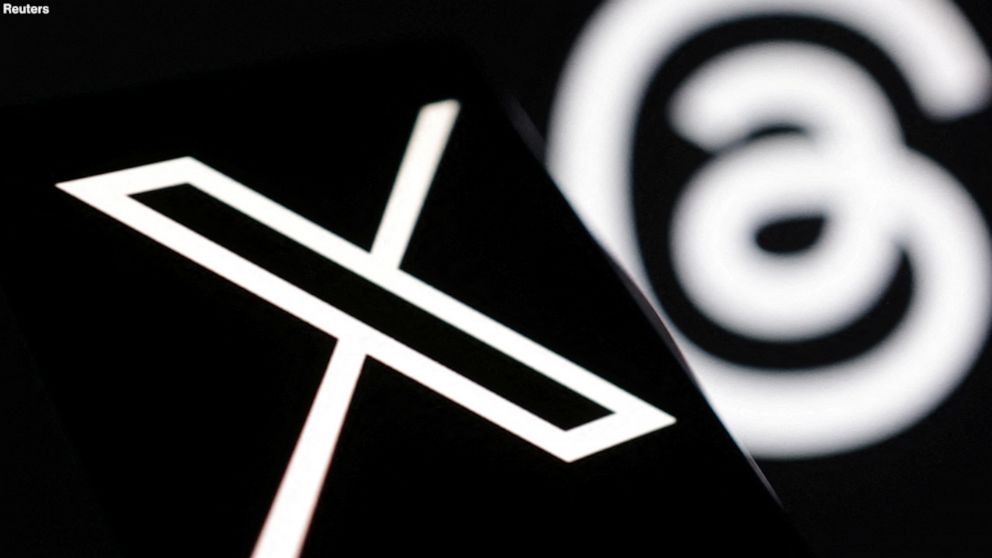ADS
Google has introduced a new innovative AI tool called Whisk, which allows users to generate images using pictures instead of words. This tool is designed to provide users with a quick and easy way to create AI-generated images without the need for traditional image editing skills.
Whisk works by allowing users to upload photographs of subjects, settings, and styles, and then generates a merged image based on these inputs. This tool is meant to be a creative tool for inspiration rather than a professional image editor. It is designed to allow users to have fun exploring new visual possibilities without the need for complex editing techniques.
In a blog post, Google described Whisk as a tool for rapid visual exploration, offering users the ability to remix different subjects, scenes, and styles in creative ways. The tool is based on Google’s primary AI service, Gemini, which was introduced in December 2023, and Imagen 3, DeepMind’s latest text-to-image generator.
Users can experiment with different inputs and mix categories to create a variety of images, including plushies, enamel pins, and stickers. While users can provide input using words, an image is not necessary, making the tool accessible to a wide range of users with varying levels of technical expertise.
Google Labs director of product management, Thomas Iljic, stated that Whisk is designed to encourage users to explore new visual ideas and concepts in a fun and creative way. The tool is not intended for professional image editing but rather as a way for users to quickly generate unique and interesting images.
Whisk is currently available as a US-only website in early development, with plans to expand its availability in the future. The tool builds on the success of OpenAI’s Dall-E, a text-to-image production tool introduced in 2021, which has led to a surge in AI-generated artwork on social media and consumer products.
AI technology is rapidly evolving, with companies like Google and OpenAI pushing the boundaries of what is possible with machine learning and generative AI. However, there are concerns about the potential risks of unrestricted AI growth on society.
Google’s acquisition of DeepMind in 2014 has allowed the company to develop cutting-edge AI tools like Whisk, which demonstrate the capabilities of this technology. The introduction of Sora, a text-to-video generator by OpenAI, is another example of the competition in the consumer AI product space.
Experts like Dan Ives, managing director and senior equities analyst at Wedbush Securities, believe that Google’s investment in AI technology is an opportunity for the company to showcase its capabilities. Whisk is seen as a “flex the muscles moment” for Google in the AI and tech industry, highlighting the company’s commitment to innovation and new product development.
In conclusion, Google’s new AI tool, Whisk, represents a significant advancement in the field of generative AI and image creation. The tool allows users to explore new visual possibilities using pictures instead of words, making it accessible to a wide range of users. As AI technology continues to evolve, tools like Whisk demonstrate the potential for creativity and innovation in the digital space.








